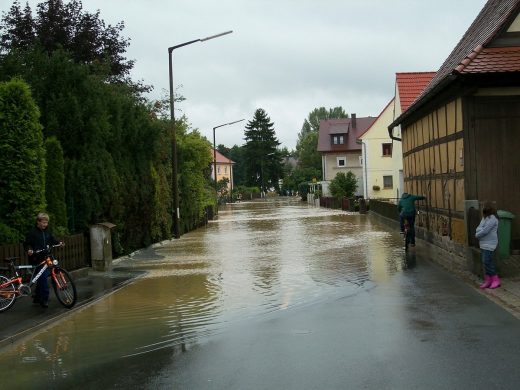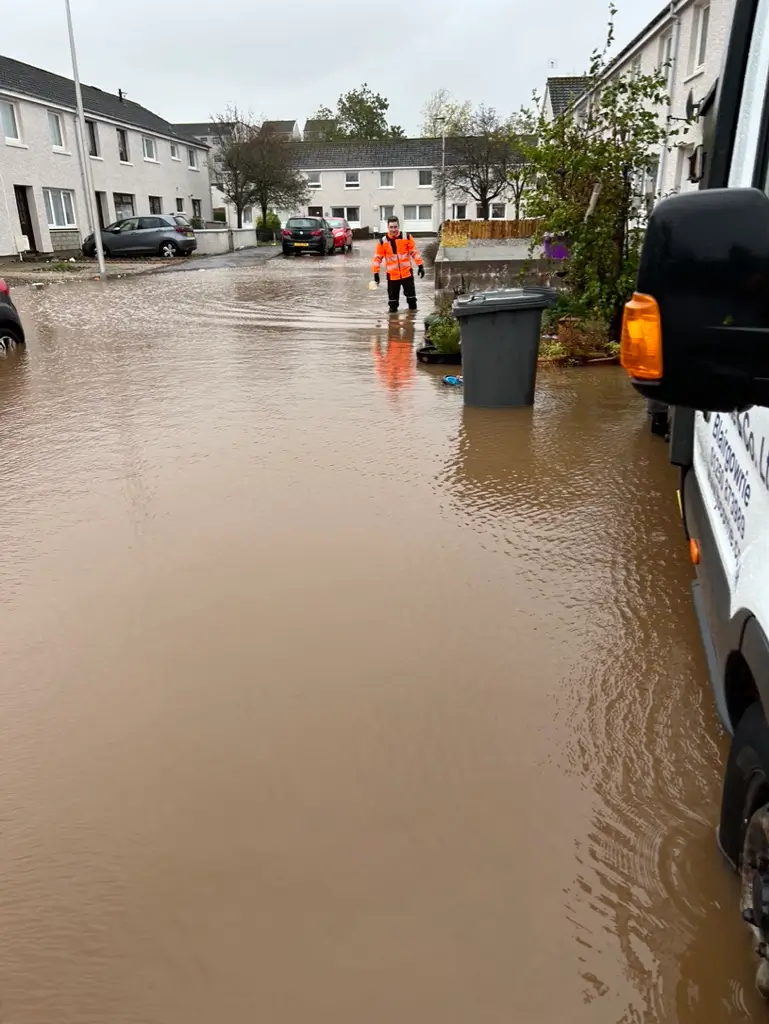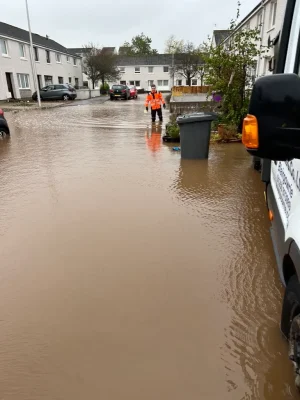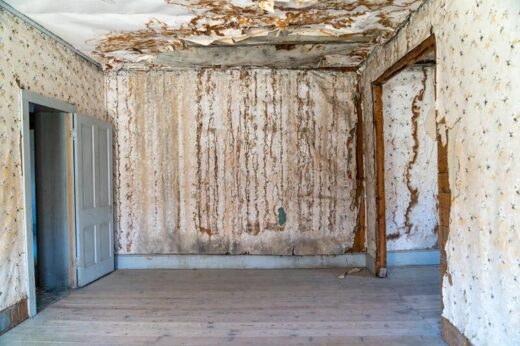Flood-resilient homes in flood-prone areas, House cleanup repair, Homeowner property restoration advice
How to Design a Flood-Resilient Home in Flood-Prone Areas
30 October 2024
Designing a home in a flood-prone area requires careful planning and innovative solutions to ensure both safety and durability. With rising concerns about climate change and its impact on water levels, it’s essential to consider flood-resistant designs that provide reliable protection. HBB GeoSales offers a range of effective solutions, including erosion control products and other flood-resilient materials, to support properties in flood-prone areas. For more information on their products and expert guidance, visit their website.
Elevate the Foundation
One of the most effective ways to mitigate flood risks is by raising the house’s foundation above potential flood levels. Building on stilts or an elevated slab foundation keeps the main structure above ground level, reducing the likelihood of water entering. This approach is particularly useful in areas where flood waters may reach significant heights during extreme weather events. When designing your home with elevated foundations, work with a structural engineer to ensure the elevation is stable and suitable for the property’s environment.
Consider Flood-Resistant Materials
When it comes to flooring, walls, and insulation, choosing flood-resistant materials can significantly minimise damage. Materials like concrete, brick, and tile can withstand water exposure better than wood or carpet, reducing repair costs after a flood. For walls, look for materials such as marine-grade plywood or pressure-treated wood that resist moisture absorption. Using closed-cell insulation is also ideal, as it resists water more effectively and dries faster than traditional insulation.
Install Flood Vents
Flood vents, or flood openings, are a simple but highly effective addition to flood-prone properties. They allow floodwater to flow through the structure rather than build up pressure against walls, which can cause structural damage. When properly installed, flood vents prevent excessive water pressure, helping to protect your property’s integrity and allowing for faster drying after waters recede. Flood vents are available in various sizes and designs to suit different architectural styles and can be incorporated subtly without disrupting the property’s aesthetics.
Incorporate Elevated Electrical Systems
Raising the placement of electrical outlets, switches, and metres above potential flood levels is crucial. By installing electrical systems at a higher elevation, you can avoid extensive electrical damage in the event of a flood. Similarly, it’s wise to elevate appliances, including water heaters and HVAC units, to reduce the chance of electrical failure or damage during flooding. This setup not only increases safety but also reduces the need for costly repairs to critical systems and appliances, making it a sound investment in flood resilience.
Design with Sloped Landscaping
Flood-resistant landscaping can significantly help manage excess water. Sloping the landscape away from the home allows water to flow downhill, rather than pooling around the foundation. Consider using native plants and permeable surfaces, like gravel or grass, which help absorb water more effectively. Installing a swale or rain garden can also divert excess water away from the property, offering additional protection against flooding. In flood-prone areas, erosion control is essential for protecting your landscape and home, and HBB GeoSales provides a range of erosion control products to reinforce these natural defences.
How Sandbags Provide a First Line of Defense if all else fails
Filled Sandbags are a practical and readily available tool for managing floodwaters. By strategically placing filled sandbags around doorways, garage entrances, and other vulnerable areas, you can reduce the amount of water entering the property. Here’s why sandbags are effective and how best to use them:
- Blocking Water Flow: Sandbags form a barrier that slows or redirects water flow, keeping it away from key entry points.
- Flexible Barrier: Since they are easily stacked and moved, sandbags offer a flexible and customisable defence, making them suitable for both small and large properties.
- Absorbing Water: The sand inside the bags can absorb some water, creating a semi-waterproof barrier that can protect your home when water levels aren’t too severe.
When placing sandbags, ensure they form a tight seal by overlapping the bags in a brick-like pattern. For greater effectiveness, use a plastic sheet underneath the sandbags to help reduce water seepage. Remember, though, that sandbags are a temporary solution and may require replacement after extended exposure to water.
Other Solutions for Long-Term Flood Defense
Aside from traditional methods like sandbags, flood-resistant landscaping, and elevated design, other modern solutions exist for homes in high-risk flood zones. For instance, permeable paving solutions can effectively manage water runoff around your property, directing it away from vulnerable areas. Flood-resistant barriers or shields can also be added to doors and windows, sealing entry points from rising water and providing an additional layer of defence. HBB GeoSales offers innovative products that complement these strategies, such as geotextiles and geomembranes, designed to manage and redirect floodwater efficiently while protecting soil and property foundations from erosion.
Final Thoughts on Flood-Resilient Design
Designing a flood-resilient home is essential in regions prone to flooding. By combining elevated design features, flood-resistant materials, and practical defences like sandbags, you can significantly reduce the risk of flood damage. Additionally, investing in erosion control products and working with experts in flood management solutions, like those offered by HBB GeoSales, can provide extra assurance and peace of mind. While these steps won’t eliminate the risk of flooding, they’ll provide critical protection and make your home safer and more resilient against the forces of nature.
For more information on erosion control products, flood barriers, and expert guidance, visit HBB GeoSales to explore their extensive range of solutions tailored for flood-prone properties
Comments on this guide to How to Design a Flood-Resilient Home in Flood-Prone Areas article are welcome.
Water / Floods Articles
Water / Floods Posts
Water damage from leaks: construction lawsuits

Water damage cleanup and repair service
Water damage restoration professional tips
Architects and Architecture
Architects and Architecture by Type – architectural selection below:
Comments / photos for the How to Design a Flood-Resilient Home in Flood-Prone Areas page welcome.








